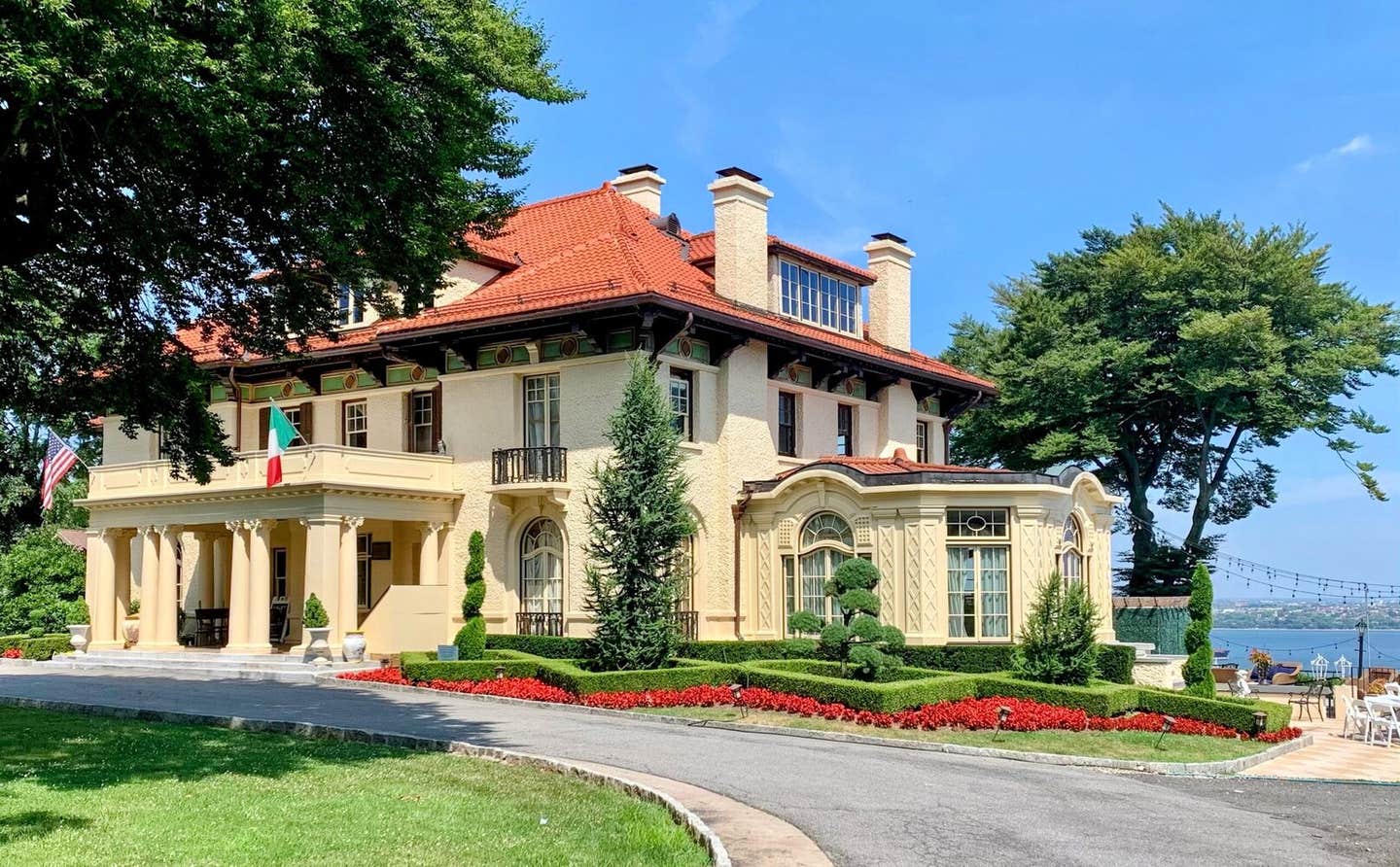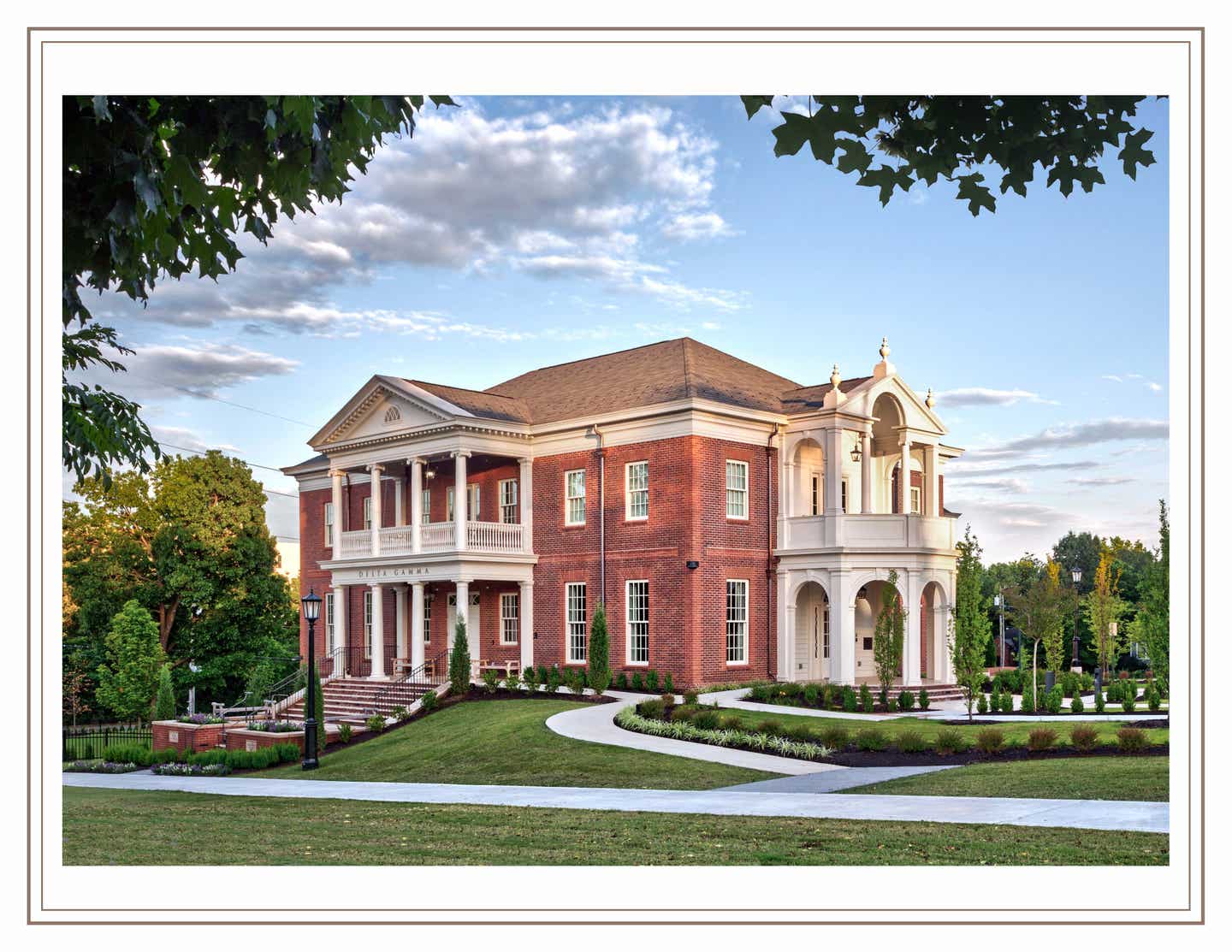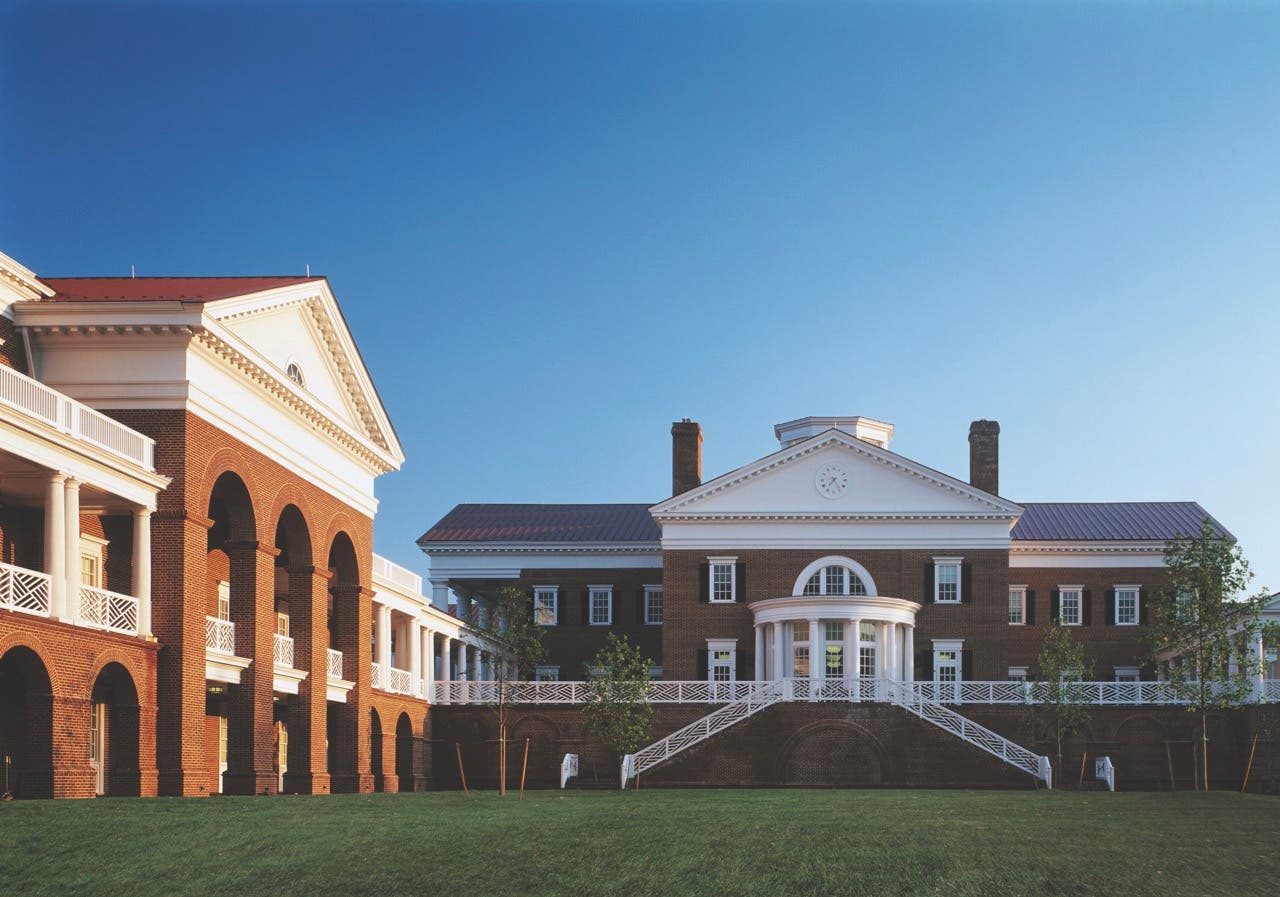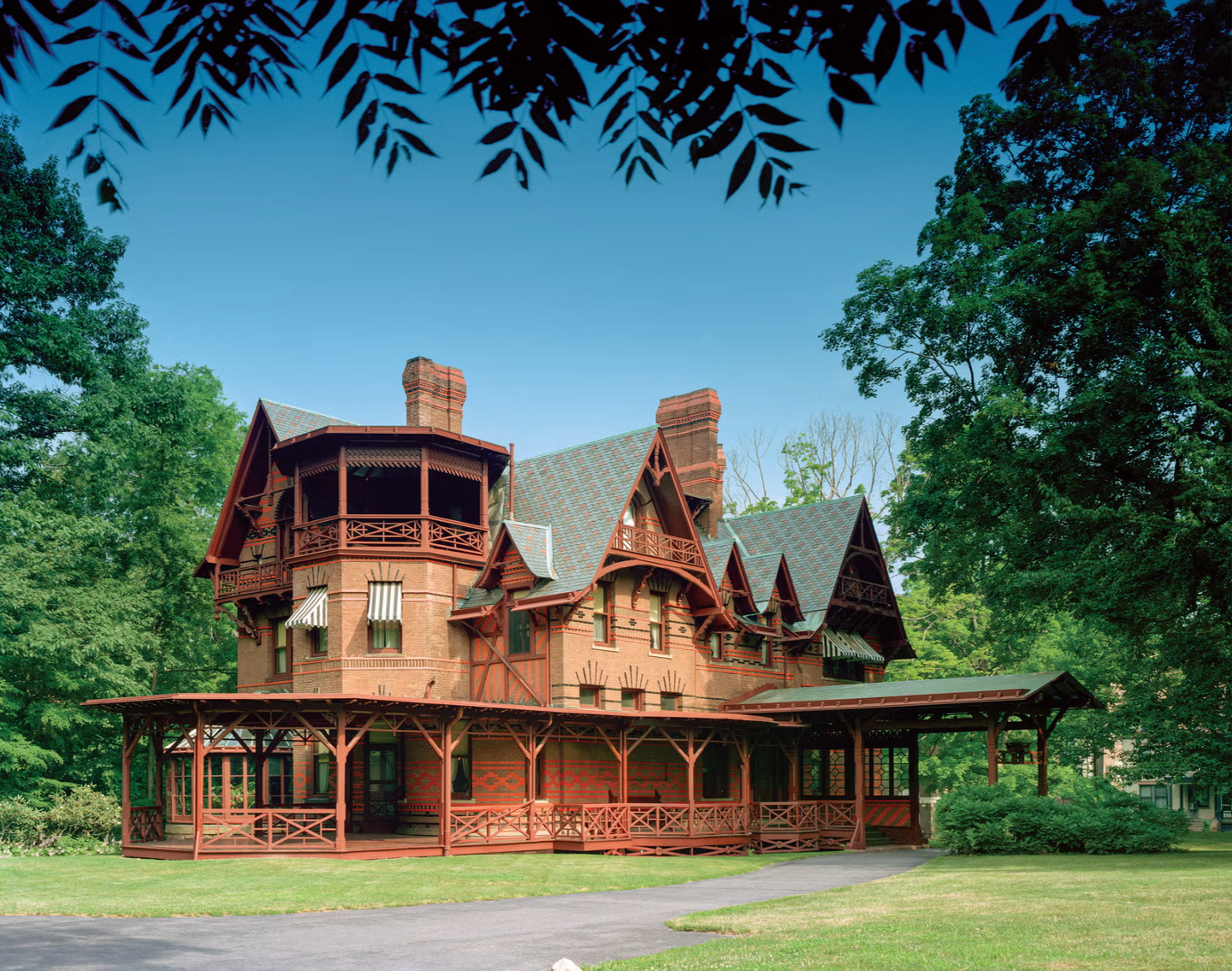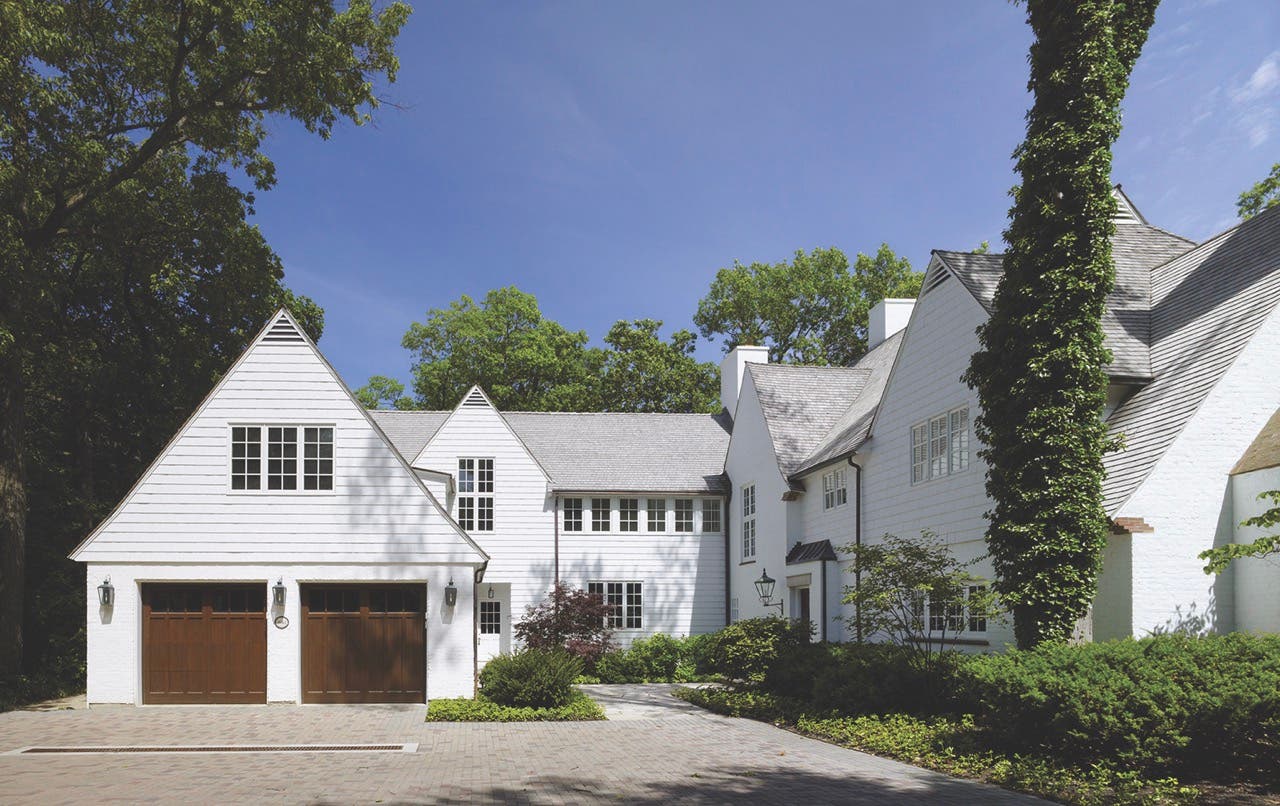
Book Reviews
Book Review: First Additions— Strategies for Adding On
By Stuart Cohen and Julie Hacker
ORO Editions Hard Cover, June 2023 | 276 pages
I can’t get enough of Stuart Cohen and Julie Hacker’s books; they have written several, including their most recent First Additions: Strategies for Adding On, and a book I read (and reviewed) in 2021 about Frank Lloyd Wright’s time spent in Steinway Hall, collaborating with other notable Chicago architects.
Cohen and Hacker’s partnership in life and in the practice of architecture has spanned 40 years and resulted in an impressive body of work, both scholarship and design, much of it on the North Shore of Chicago where Gilded Age neo-classical houses dot the Lake Michigan shoreline. First Additions: Strategies for Adding On presents several of their commissions with a forward by Steven Semes, professor of architecture and historic preservation at Notre Dame, and essays by Mr. Cohen, himself an architecture professor emeritus at the University of Illinois, Chicago.
The book is part academic and part design inspiration. In the early pages, with chapters titled “Revisiting On Adding On” and “In What Style Shall We Build,” authors Cohen and Hacker trace the evolution of the design profession’s position on compatible versus differentiated additions to existing buildings and give several illustrated examples (the Vatican, the Louvre) from past centuries and around the world. There has been back and forth opinion on whether first additions should be contextual (sympathetic to the original building and its surroundings) or “of its time,” with distinct differentiation (think a glass and steel box attached to a 19th-century Romanesque building). The author writes, “Design of an addition should not be either an exact and slavish replication nor a complete visual rejection of the existing building.”
The point is, have respect for the original building, especially when it has character. The authors go on to write, “Additions should be conjunctive no matter how great the vanity of the architect.”

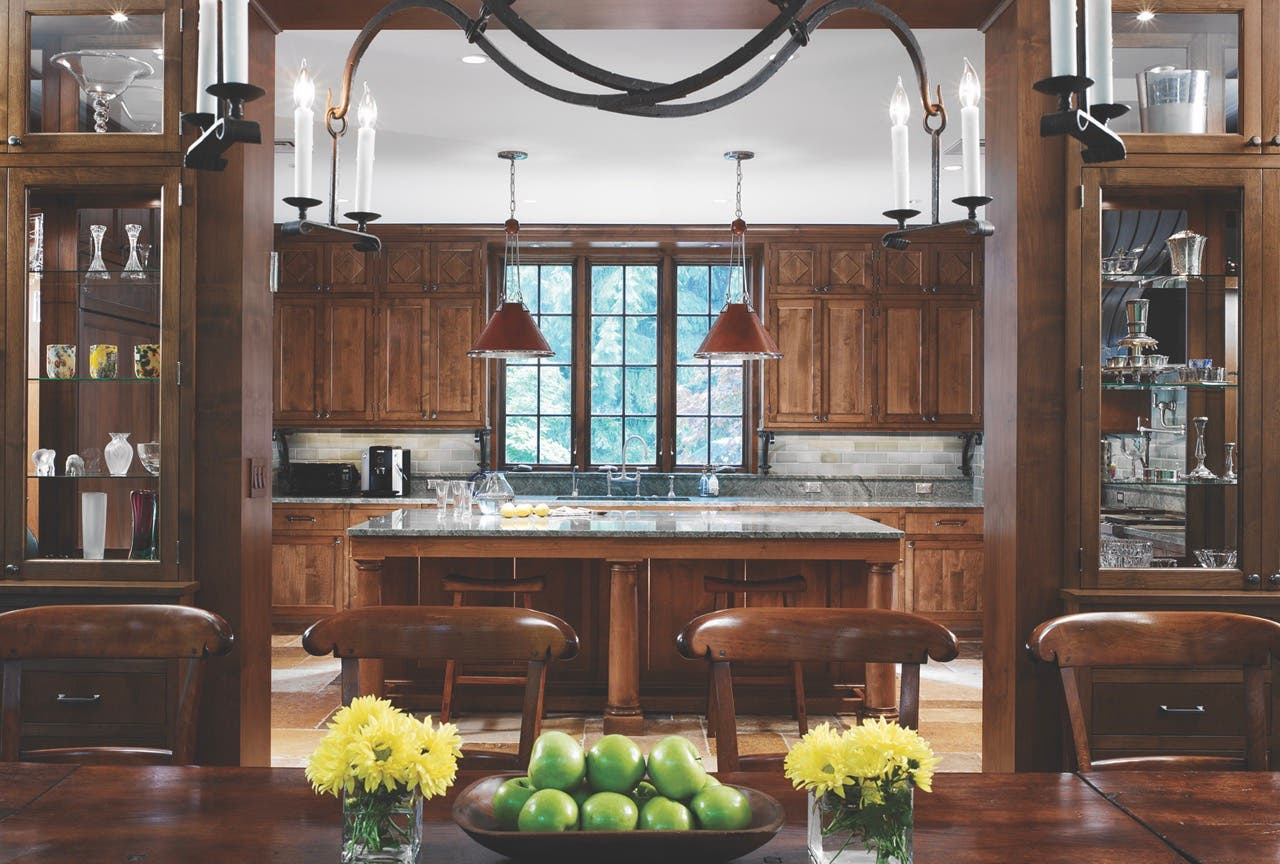
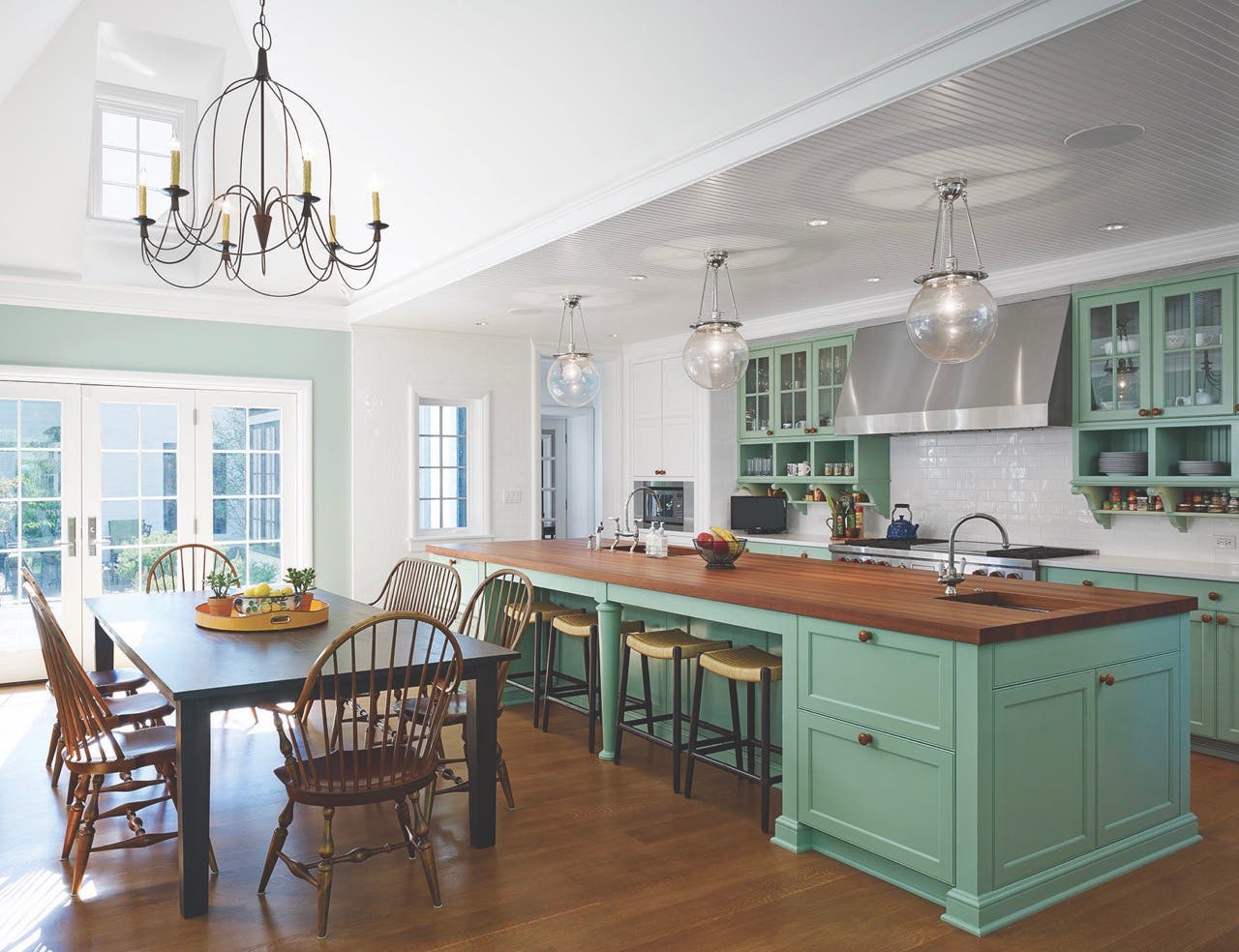
how great the vanity of the architect.”
How contextual and differentiated design is interpreted by local design-review authorities can frustrate owners and designers. In his forward, Steven Semes quotes the language from the Department of Interior’s Standard Number Nine, which says, “New work shall be differentiated from the old and shall be compatible with the massing, size, scale, and architectural features to protect the historic integrity of the property and the environment.” He quips that it’s easier for architects to differentiate than to make compatible. Classicists lament modernist “interpretation” of Standard Number Nine.
Architectural theory gives way to real-life best practices starting with the chapter titled “Modest Beginnings,” which shows black-and-white before-and-after illustrations of Cohen and Hacker’s “first additions” work from 1974 to 1985. These are modest but common everyday examples of jobs that are the bread and butter of most residential designers.
The book gets fancier starting on page 52, with several more examples of the authors’ work, 1988 to 2023, presented with bold, glossy photography and helpful before-and-after floor plans. There are stories of Prairie house additions, Tudors, French Norman, and English Country. Without the before and after plans, you might not discern between the new additions and the original houses. And yet, as the authors exclaim, “Adding on is an important architectural activity for it is the way buildings survive.”
The contextual new additions to existing houses shown in First Additions: Strategies for Adding On will find favor with their neighbors, the public, and with the readers of Cohen and Hacker’s new book. TB
Peter H. Miller, Hon. AIA, is the publisher and President of TRADITIONAL BUILDING, PERIOD HOMES and the Traditional Building Conference Series, and podcast host for Building Tradition, Active Interest Media's business to business media platform. AIM also publishes OLD HOUSE JOURNAL; NEW OLD HOUSE; FINE HOMEBUILDING; ARTS and CRAFTS HOMES; TIMBER HOME LIVING; ARTISAN HOMES; FINE GARDENING and HORTICULTURE. The Home Group integrated media portfolio serves over 50 million architects, builders, craftspeople, interior designers, building owners, homeowners and home buyers.
Pete lives in a classic Sears house, a Craftsman-style Four Square built in 1924, which he has lovingly restored over a period of 30 years. Resting on a bluff near the Potomac River in Washington, D.C., just four miles from the White House, Pete’s home is part of the Palisades neighborhood, which used to be a summer retreat for the District’s over-heated denizens.
Before joining Active Interest Media (AIM), Pete co-founded Restore Media in 2000 which was sold to AIM in 2012. Before this, Pete spent 17 years at trade publishing giant Hanley Wood, where he helped launch the Remodeling Show, the first trade conference and exhibition aimed at the business needs and interests of professional remodeling contractors. He was also publisher of Hanley Wood’s Remodeling, Custom Home, and Kitchen and Bath Showroom magazines and was the creator of Remodeling’s Big 50 Conference (now called the Leadership Conference).
Pete participates actively with the American Institute of Architects’ Historic Resources Committee and also serves as President of the Washington Mid Atlantic Chapter of the Institute of Classical Architecture & Art. He is a long-time member of the National Trust for Historic Preservation and an enthusiastic advocate for urbanism, the revitalization of historic neighborhoods and the benefits of sustainability, including the adaptive reuse of historic buildings.




